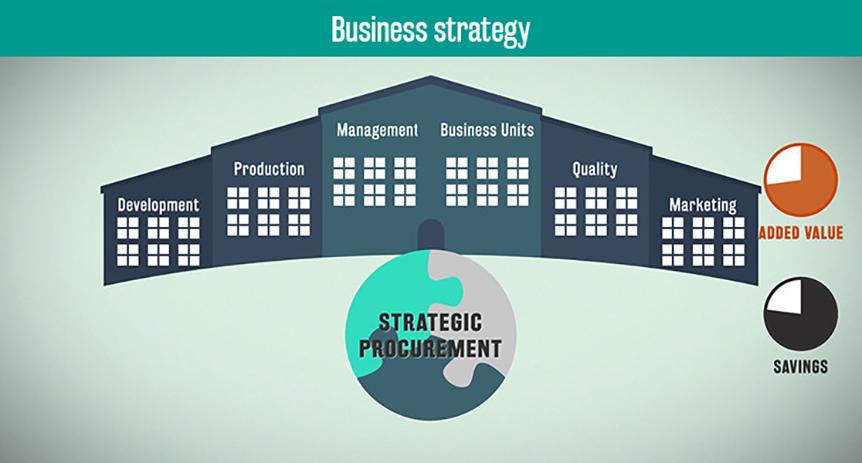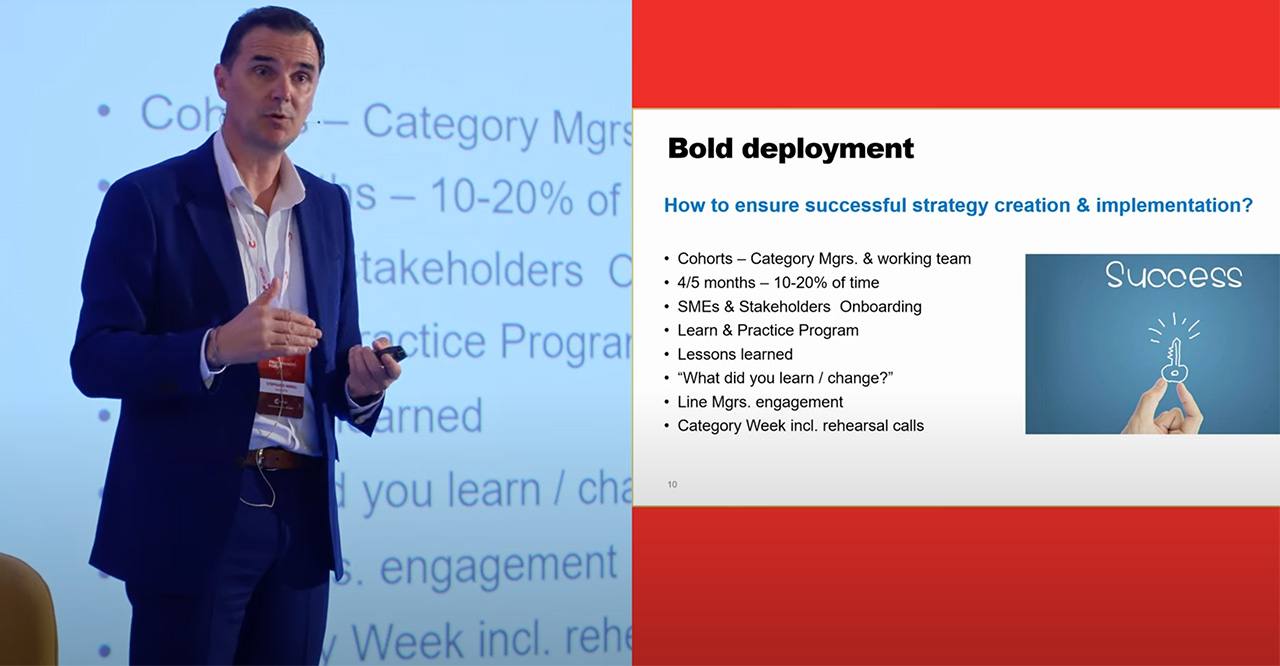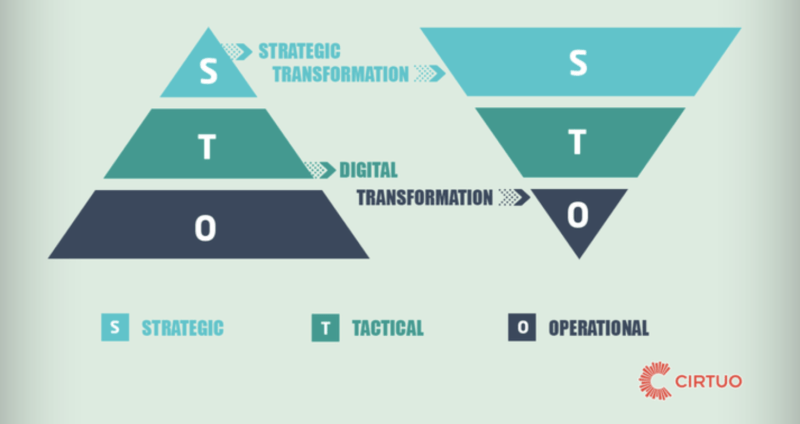Procurement has come a long way from a simple old-school transactional department that is hidden deep inside the company. It is continuously faced with a myriad of demands, from internal business requirements to external legislation and in order to address them rapidly and efficiently, it needs to be much more agile and have a seat at the decision-making table.
Before talking about micro-solutions, I strongly believe that you first have to apply a big picture approach and only then can you segment downwards. By implementing these three priorities you can be sure time won’t run you over and leave you forever in the basement of the company.
Digitalization
Just to clarify, I’m not talking about digitalization that was done in the 90s or early 2000s. Digitalization today means a procurement solution that will go through the company top to bottom, find potentials that were neglected for decades, minimize mistakes and organize workflow. And it will do all that by complementing the natural business savviness of a good CPO and raising competences of the procurement team. What kind of solution is that? That brings us to our second point.
Strategy
Strategic procurement is a popular term. And with so many things popular, it loses its original meaning and gets distorted over time. In its best form, strategic procurement is what happens when preparation creates opportunity. Keeping your head down and doing the same old tricks doesn’t cut it anymore. A strategic tool can be a backbone of the procurement team, analyze and determine fresh strategies that are not just copy/pasted from last year. It can be a starting point or it can focus and guide other transactional tools so that every strategy is seamlessly implemented. Or in other words, it can lead the way to…
Integration
Integration needs to work on additional two levels: integrating internal stakeholders within the procurement function and unifying analytic tools, necessary strategies, specific initiatives and results tracking. When you frame things as systematic as that, it becomes a guiding principle for crucial components in procurement – Category/ Supplier/ Risk Management, as well as for procurement development. It means then that the company has developed a system that is addicted to growth.
Once that kind of dedication to advancement is in place, no longer will procurement be a silent partner at the company trembling at the mercy of the market.
What are your thoughts on the missing link in procurement?
If you want to keep up with industry insights, be sure to follow Cirtuo’s LinkedIn page





